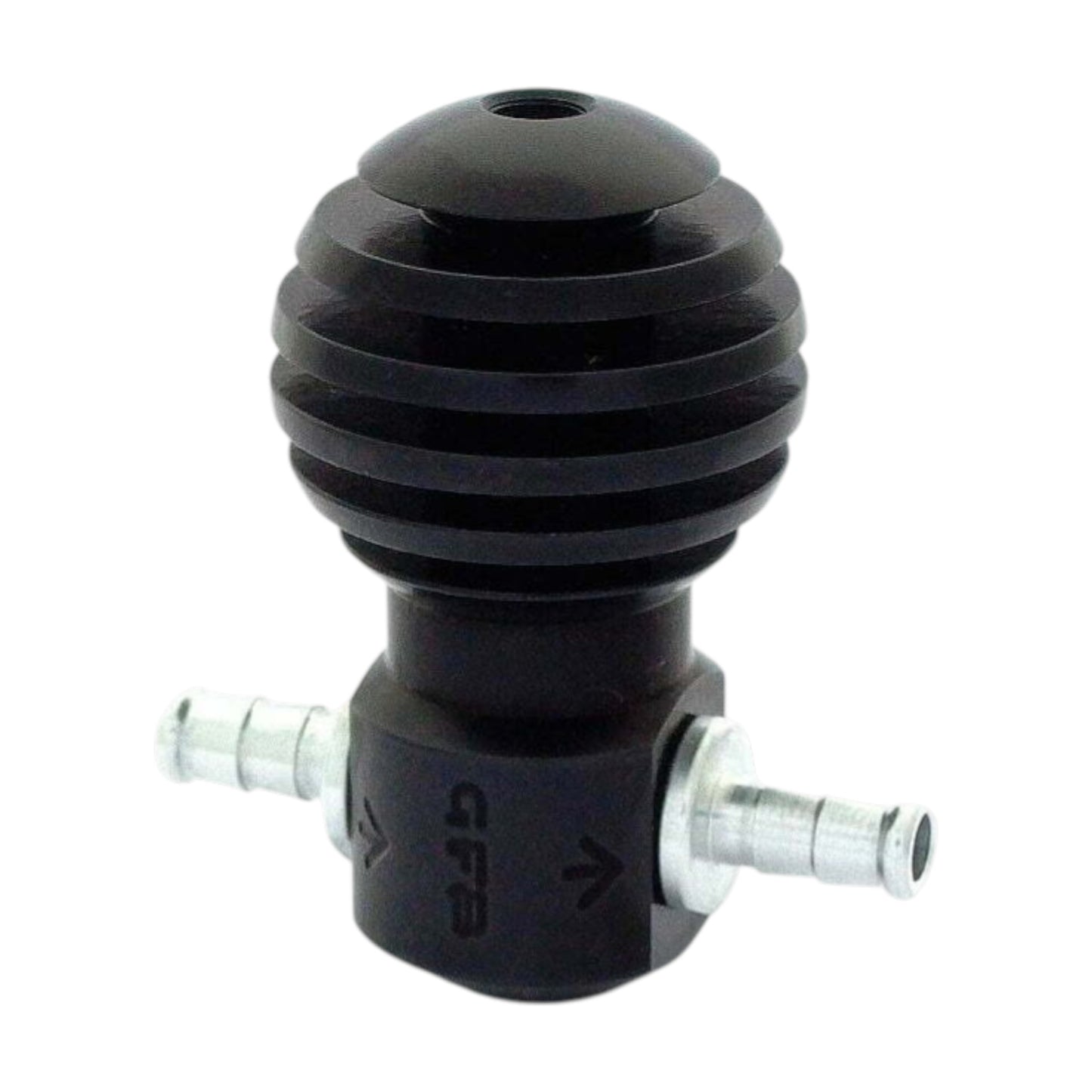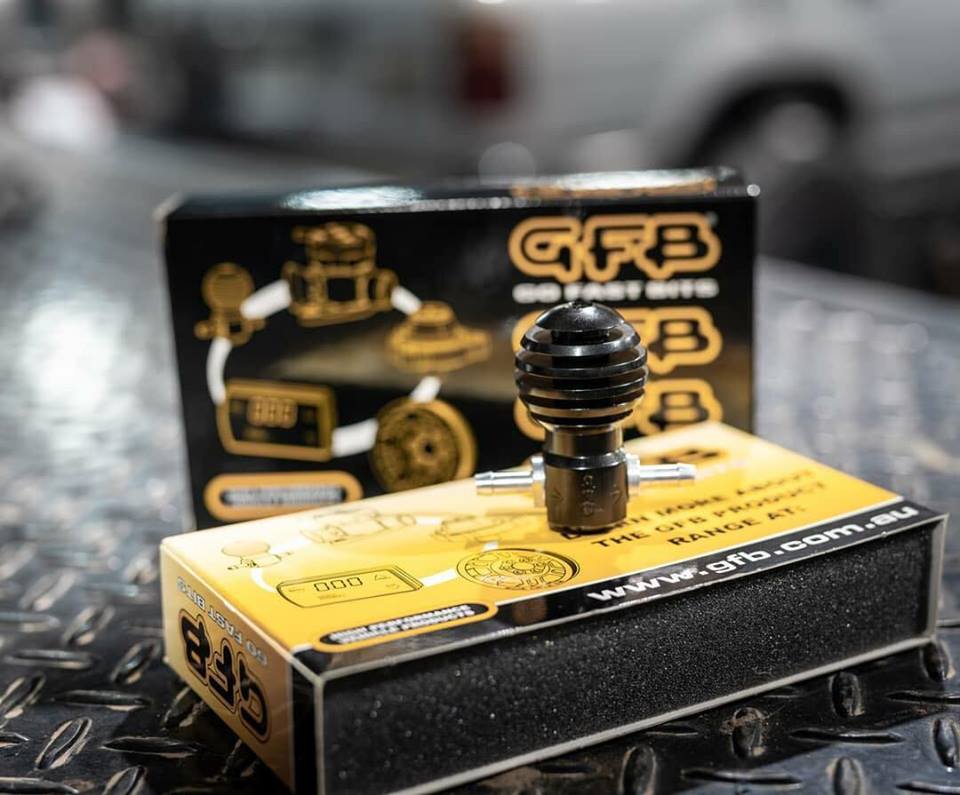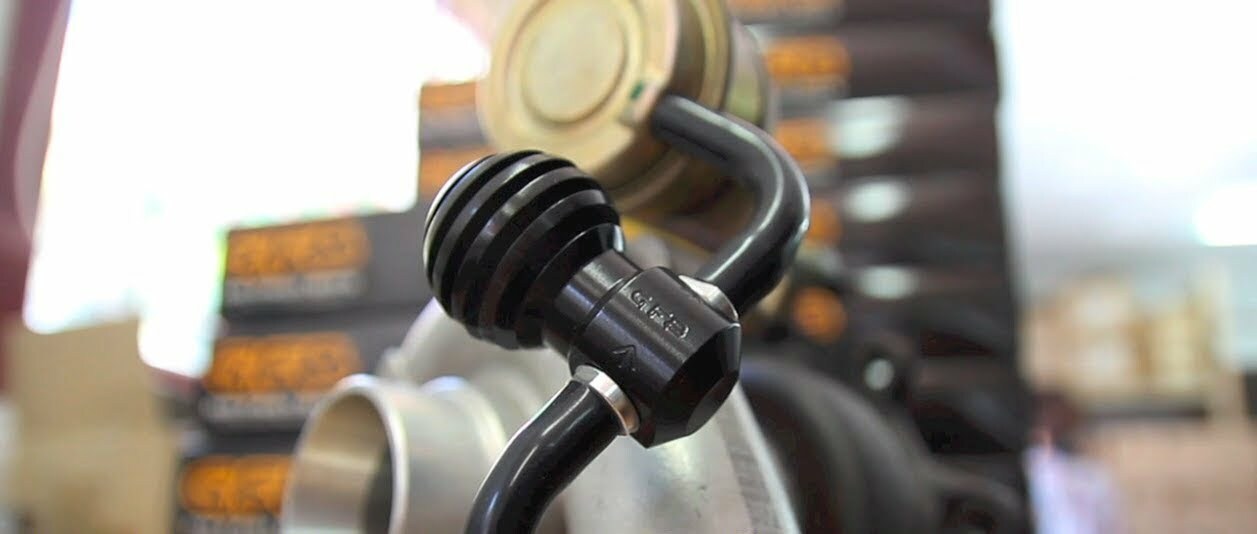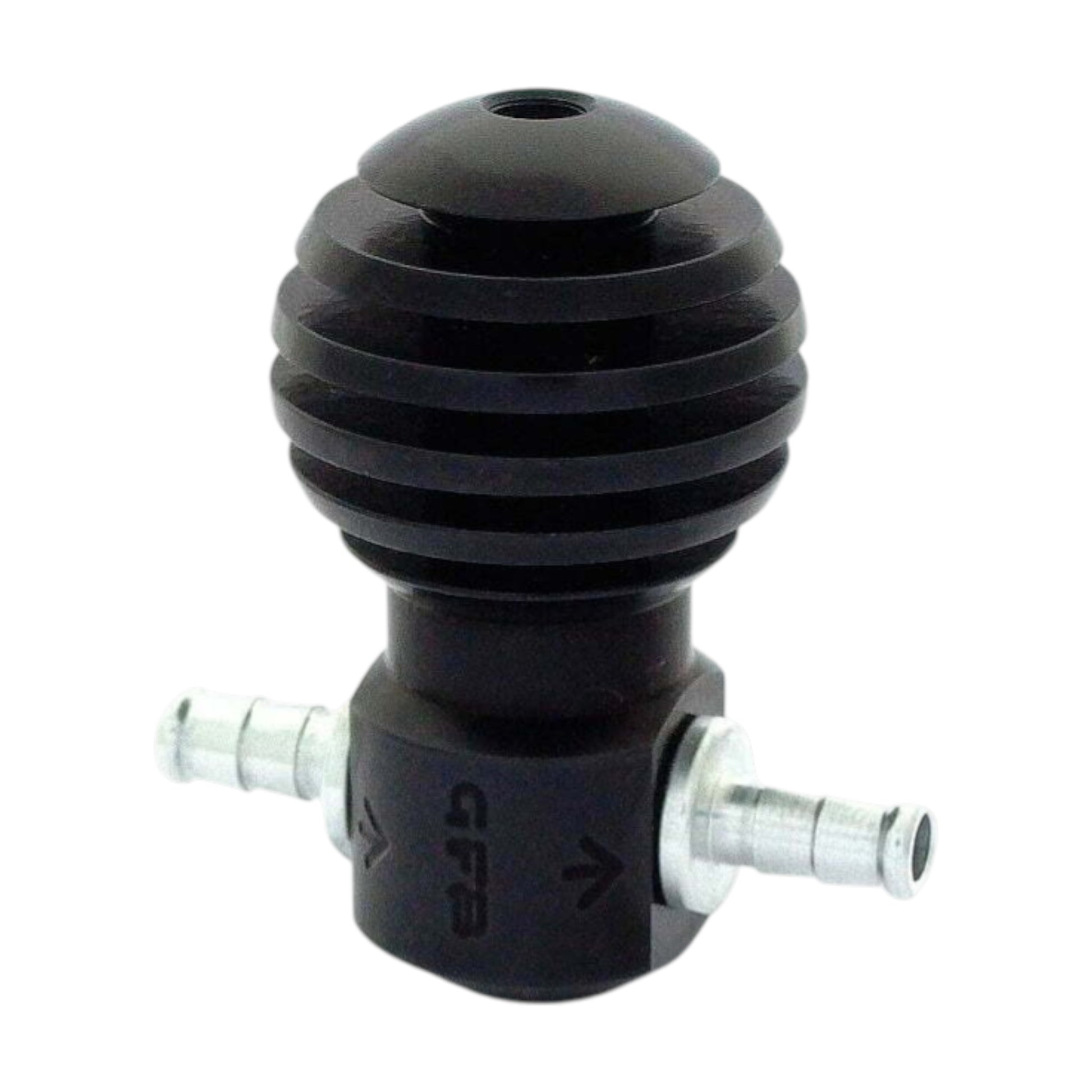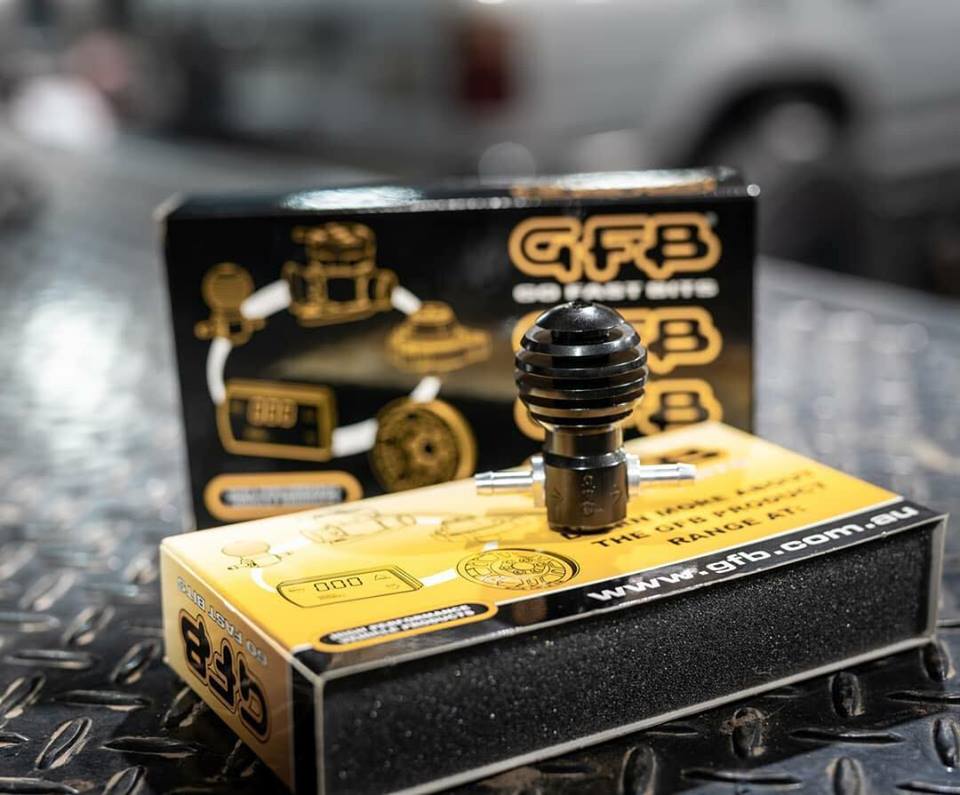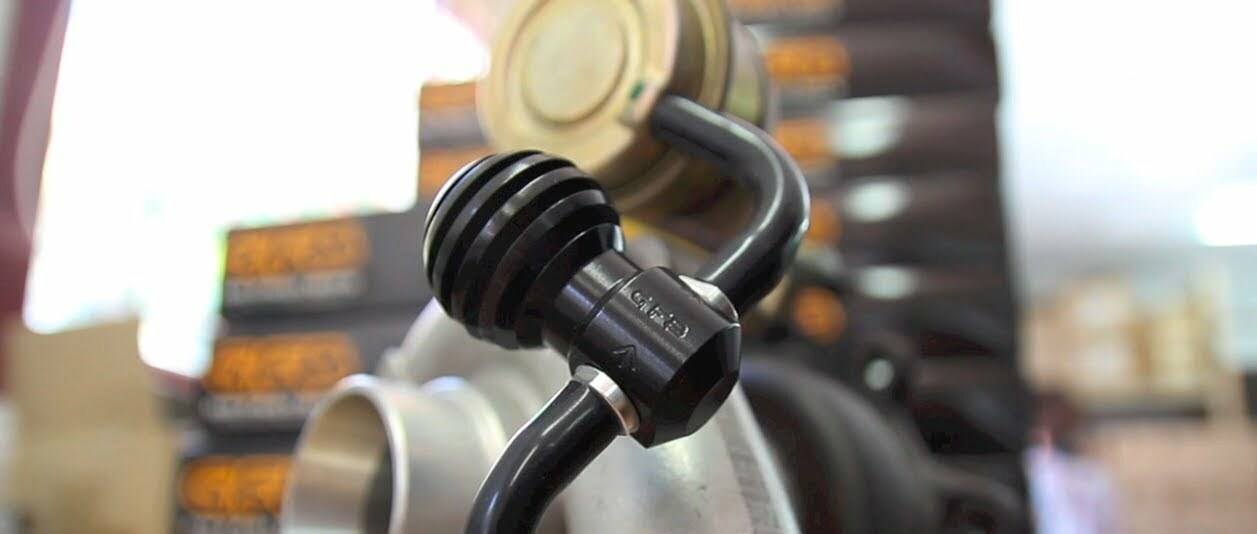MAXFAB Fabrication & Supply Co.
Atomic Manual Boost Controller
Atomic Manual Boost Controller
Couldn't load pickup availability
The GFB Atomic Boost Controller (aka Bleed Valve, Boost Tap, Boost Tee) are a simple but ingenious design, a must have for anyone wanting more power earlier and longer!
All turbocharged vehicles utilize some form of factory boost control, most of which display a tendency to be conservative in allowing the boost to build up and then taper away noticeably toward redline
A GFB manual boost controller however not only allows quick and easy boost level adjustment, but it can also reduce the boost threshold
Another proven bonus of the GFB Atomic is it CANT and WONT boost spike as its NOT an old fashioned "Ball and Spring" unit like everyone else still manufacture. GFB use a "Tapered Brass Needle" this feature is the reason why they are sold to Dyno Tuners around the country regularly
How a Ball and Spring Boost Tap Works: These manual boost controllers still use a bleed, but the most common technique is to place a steel ball behind the restrictor hole held shut by a spring. The main problem with this technique is that since the restrictor hole is so critical to boost, placing a free-floating ball behind it adversely effects its performance. Because the ball is free-floating it can act like a pea in a referee's whistle, fluttering around in the restrictor hole. This then causes boost fluctuations and (if the spring is set incorrectly) boost spikes & BANG. This will never happen with the GFB Atomic as GFB use a "Tapered Brass Needle" which allows an accurate and consistent level of boost to be maintained
How a Bleed Type Boost Tap Works: GFB manual boost controllers are all bleed-style which uses a restrictor (a small precision hole in the pressure inlet nipple) and a taper needle adjustment. The restrictor plays a very important role which must not be underestimated. Basically without the restrictor, the adjustment needle would not be able to bleed off enough air to lower the pressure reaching the wastegate actuator. The turbo is pumping more than enough air to overcome such a small bleed. By placing a restrictor in the flow path, with the bleed on the other side the air cannot pass fast enough to overcome the bleed, therefore the pressure will drop at the actuator and boost will rise. This explains why if you install the controller backwards you will not be able to raise the boost
The diameter of the restrictor hole is very critical and the wrong size can affect spool-up or cause boost spikes. GFB has spent a lot of time and development ensuring the restrictor is optimum and the results show
